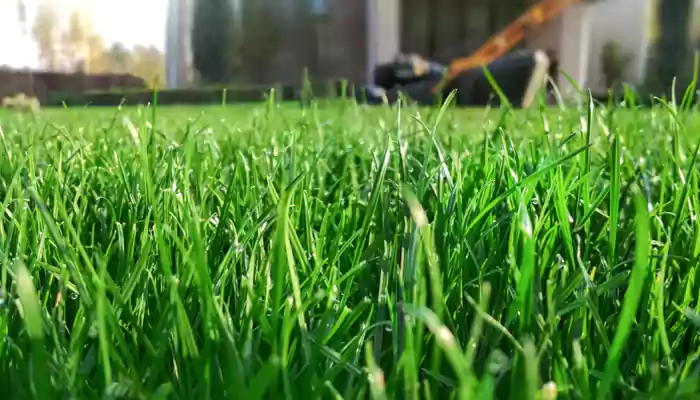Five Steps To A Beautiful Organic Lawn
Everyone dreams of a lush, green lawn that becomes the envy of the neighborhood.
- Ishani Karmakar
- 13 October, 2023
- 2 mins ago

Five Steps To A Beautiful Organic Lawn
Everyone dreams of a lush, green lawn that becomes the envy of the neighborhood.
But, with concerns about the environment and the chemicals often used in lawn care, more homeowners are looking for organic ways to achieve that perfect patch of green. Organic lawn care not only promotes a healthy lawn but also supports a thriving ecosystem. Let's explore five steps to create a beautiful organic lawn.
Understand Your Soil
Soil Testing – Before you begin, conduct a soil test. This will inform you about the pH level and nutrient content, allowing you to make informed decisions on what your soil needs.
Organic Compost – Improve soil health by adding organic compost. This enriches the soil with beneficial microorganisms, which promote strong grassroots.
Proper Aeration – Aerating your lawn helps the soil breathe. It allows nutrients, water, and air to penetrate, leading to healthier grass.
Choose the Right Grass Seed
Climate Matching – Choose a grass type that's suited to your local climate. For example, cool-season grasses like Kentucky bluegrass or fescue are ideal for northern regions, while warm-season grasses like Bermuda or Zoysia are best for southern regions.
Drought Resistance – Consider varieties that are drought-resistant. They require less water and can better withstand dry periods.
Disease Resistance – Opt for grasses that are naturally resistant to common diseases in your area. This reduces the need for chemical treatments.
Water Wisely
Deep and Infrequent – Instead of frequent shallow watering, water deeply and less often. This encourages deeper root growth, making the grass more resilient.
Morning Watering – Watering in the early morning prevents the rapid evaporation that occurs in the heat of the day. It also reduces the chances of fungal diseases, which can thrive if the grass remains wet overnight.
Use a Rain Gauge – Overwatering can be as harmful as under-watering. A rain gauge can help you keep track of how much water your lawn is receiving, both from rainfall and manual watering.
Natural Pest and Weed Control
Beneficial Insects – Encourage the presence of insects like ladybugs and praying mantises, which are natural predators to many common pests.
Corn Gluten Meal – This natural byproduct can be used as a pre-emergent weed control. It inhibits seed germination, making it effective against many weeds.
Vinegar Solution – A solution of vinegar can be used as a natural herbicide for spot treatments. However, be cautious, as it can harm desirable plants as well.
Mow Regularly – Keeping your grass at an optimal height can prevent many weeds from gaining a foothold. Longer grass also shades the soil, reducing the chance for weed seeds to germinate.
Organic Fertilization

Organic Matter – Grass clippings left on the lawn after mowing can act as a natural fertilizer, returning nutrients back to the soil.
Organic Fertilizer Mixes – There are many organic fertilizers available, often made from natural materials like seaweed, manure, or worm castings. These not only feed the grass but also support soil microorganisms. Synthetic fertilizers can give a quick boost, but they often harm the environment and can degrade soil health over time. Organic fertilizers release nutrients slowly, improving the soil as they break down.
Time It Right – The best times to fertilize are during the peak growth periods for your grass type. For cool-season grasses, this is in the spring and fall. For warm-season grasses, it's late spring through early summer.
Achieving a beautiful organic lawn is more than just an aesthetic endeavour; it's a commitment to a more sustainable and environmentally-friendly approach to lawn care. By understanding your soil, choosing the right grass seed, watering wisely, using natural pest and weed control methods, and opting for organic fertilization, you can enjoy a lush, green lawn that's in harmony with nature.





